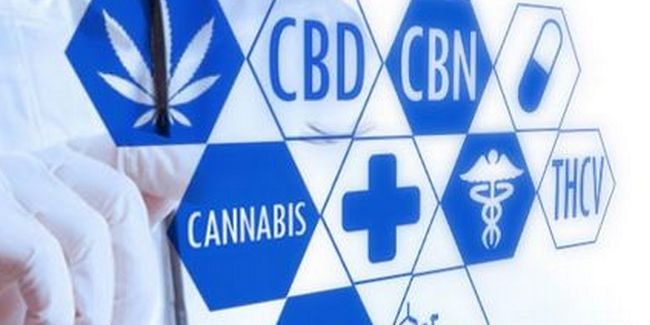Cannabis, or hemp in French, is a plant increasingly studied by science that is increasingly understood.
Indeed, hemp has been part of the textile and food industry since the beginning of humanity, but modern medicine could not exploit its therapeutic potential because of the international prohibition of narcotics of the 20th century.
Thus, cannabis has long been passed on to the rank of psychotropic and it was not possible to see it as a medicine.
However, recent studies by the scientific community show that cannabinoids can relieve the symptoms of heavy diseases without being as harmful and addictive as opiates, for example.
But what makes this plant a potentially dangerous drug or a cure for the many benefits?
To understand this, we will go around the main known cannabinoids and describe the possible therapeutic applications.
Have a good read on Spray Comparator!
What is a cannabinoid?
A cannabinoid is a chemical molecule that activates cannabis receptors in the human body and mammals in general.
Cannabinoids began to be identified and isolated in the 1960s in Israel by Professor Raphael Mechoulam.
There are about a hundred cannabinoids but they are not yet all identified and understood by science…
We are grouping cannabinoids into three groups at the moment:
- Phytocannnabinoids, or plant cannabinoids, are naturally present in the hemp plant or are derived from the degradation of other cannabinoids;
- Endocannabinoids, which are secreted in mammalian organisms;
- Synthetic cannabinoids, manufactured in the laboratory.
Thus, according to these three categories, we can already understand an important point in the action of cannabinoids on the human organism that is part of mammals.
Indeed, if cannabinoids affect our body, it is because it already produces it itself independently…
On the other hand, we must emphasize that synthetic cannabinoids are potentially more dangerous than plant phytocannnaoids.
Some cases of overdoses causing death have been recorded in Europe while this phenomenon has never been encountered with the use of "natural" cannabis…
Now let's look in detail at the most well-known phytocannnabinoids and their action on the human body.
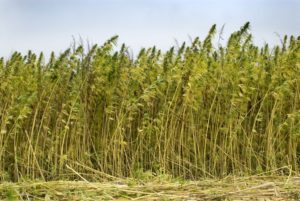
THC – Delta (9)-tetrahydrocannabinol
Beware, Delta(9)-tetrahydrocannabinol is a psychotropic (among others) and is completely illegal in France!
Indeed, this psychoactive cannabinoid can cause dizziness or hilarity of the user and is largely responsible for the prohibition of cannabis use.
However, it turns out that it has anti-tumor effects used in cancer research.
In addition, it would be an effective painkiller, and would therefore be used in medicine to relieve neuropathic pain from diseases such as Crohn's, Alzheimer's, Parkinson's or multiple sclerosis.
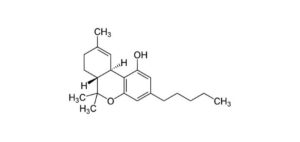
Le CBD – Cannabidiol
Cannabidiol is arguably the second most widely known cannabinoid after THC.
Indeed, his success is growing for the reason that he is not psychotropic like his counterpart.
It is also available for sale in most countries of the world.
However, it would nevertheless have a very strong therapeutic potential, which also contributes to its success!
Thus, CBD would be a powerful antioxidant, antidepressant, anti-inflammatory, anxiolytic, antipsychotic and anti-convulsive…
This molecule could therefore be used to treat a long list of pathologies including depression, anxiety, psychotic disorders, cancer, chronic pain, diabetes…
In addition, CBD would be a very good tool to combat childhood epilepsy!
For this to happen, European law will have to be changed…
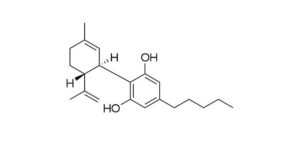
The CBC – Cannabichromene
Cannabichromene is another non-psychoactive cannabinoid.
We know it is an antidepressant and an antimycosic.
According to research that accompanied its discovery in the 1980s, it would significantly reduce inflammation by skin application and injection.
Today, studies continue and tend to show that the anti-inflammatory effects of CBC are increased when consumed with THC.
In addition, cannabichromene could have a positive effect on stem cells in the nervous and muscular system according to new work carried out in 2013…
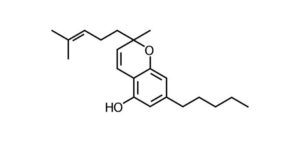
The CBG – Cannabigerol
Cannabigerol is considered a minor cannabinoid due to its low concentration in most cannabis varieties.
On the other hand, it is sometimes called the "stem cell" of cannabis…
Indeed, it turns out that CBG is the first cannabinoid that grows in the plant during its development.
From the degradation of this cannabinoid (or decarboxylation) develop other molecules such as CBD and THC…
Thus, at the end of the plant's life cycle, the CBG has essentially transformed and therefore remains present in minute proportions in the final product.
However, this non-psychotropic cannabinoid has certain interests for medicine, which is why research on it is multiplying.
CBG has analgesic, antidepressant, adrenergic, serotonin and properties that are a modulator of enzymes…
This cannabinoid would be used to treat cancer, glaucoma, internal and skin inflammation, and for infighting in particular.
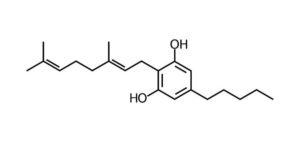
The CBN – Cannabinol
Cannabinol is a cannabinoid derived from THC degradation when it is poorly preserved or too exposed to light or heat.
Thus, most products with high levels of CBN would be harvested late to allow the sun to degrade THE THC for it to transform.
This molecule is an anti convulsive and a sedative, so it is used to treat insomnia and spasmophilia.
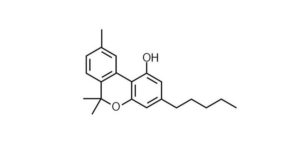
To conclude
You may have seen in this article a description of the phytocannnabinoids best known by science at the time we are writing these lines.
However, cannabis research is increasing exponentially, so it is certain that researchers will identify new cannabinoids in the coming years.
Thus, modern medicine should in a future time be able to measure the action of this plant on the human body and use it to fight diseases.
Herbal medicine may one day be an excellent practice for those who wish to treat themselves with cannabinoids…

